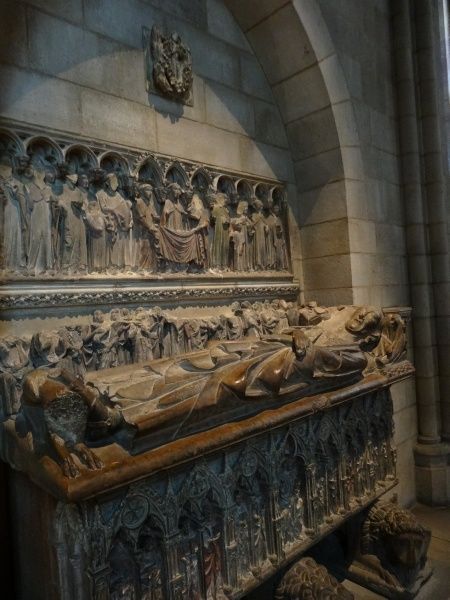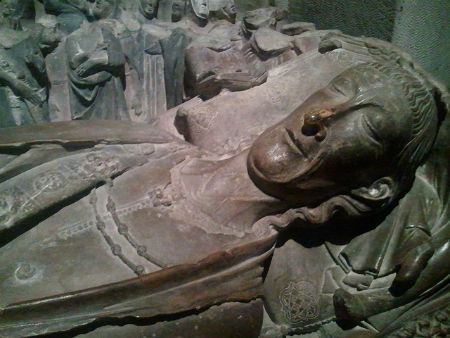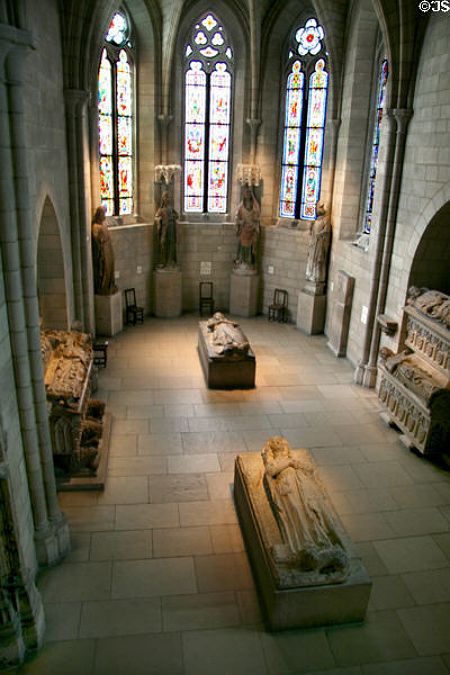The truest Christian picture of the afterlife that I have seen are the sleeping statues of the dead on the sarcophagi from twelfth century France in the crypt in the Cloisters in New York City. These men and women are depicted not as dead, but as asleep, with an expression of joyous anticipation on their faces as they await their resurrection. They were devout followers of Christ in life, and they are sure of their reward. Are these statues literally true? No. But they are an expression of the truth, a truth we cannot know directly.I have seen those sleeping statues at the Cloisters. One thing that struck me about the faces depicted on some of them was their youthfulness (combined with the peaceful and joyous expressions), despite the older age of the deceased. Perhaps we do go into the afterlife as youthful, joyous and peaceful.

Sarcophagus of Armengol VII, Count of Urgell (d. 1038)

Close-up of Sarcophagus of Armengol VII, Count of Urgell

Double Tomb of Alvaro I, Count of Urgell (d. 1038)
and His Wife Cecilia of Foix
Here's what Metropolitan Museum of Art says about Alvaro I:
Documentary evidence suggests that this tomb ensemble was made for Àlvar Rodrigo de Cabrera and his wife, Cecília of Foix, the parents of Ermengol X. The monastery of Bellpuig de les Avellanes was abandoned and badly damaged during the Wars of Succession that began around 1700. When the monastery was reinhabited in the 18th century, the church with its burial chapel was reconstructed. The sarcophagi with the arms of the counts of Urgell and Foix were probably made at that time to fit the original effigies.

Sacrophagi Exhibition Hall
